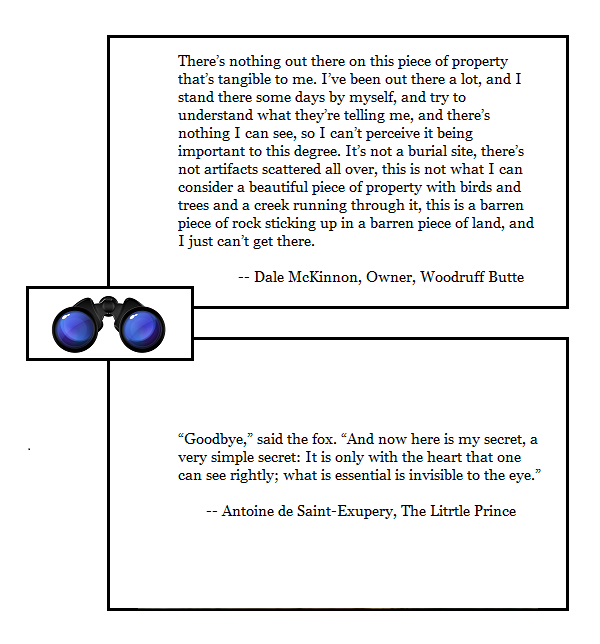[Mark Safranski / “zen“]

The Fellowship: The Literary Lives of the Inklings by Philip Zaleski & Carol Zaleski
“….it is plain that Tolkien has unleashed a mythic awakening and Lewis a Christian awakening”
“….these clubs offered grand things: escape from domesticity, a base for intellectual exploration, an arena for clashing wits, an outlet for enthusiasms, a socially acceptable replacement for the thrills and dangers of war, and in the aftermath of World War I, a surviving remnant to mourn and honor the fallen”
The Fellowship: The Literary Lives of the Inklings is a book outside my usual wheelhouse, being concerned deeply with the intellectual interplay among the Inklings impacted their literary works and legacies and more fundamentally, the central role played in the former by Christianity and anthroposophy. I was drawn to this book primarily by virtue of being a radical J.R.R. Tolkien fan, but the center of gravity of The Fellowship is C.S. Lewis, the pivotal figure with whom the other Inklings related; even if Lewis was not always the dominant persona, he was frequently a catalyst or a foil for his fellow Inklings. While the Inklings could survive the untimely death of Charles Williams, whose intellectual brilliance and influence over other writers always surpassed his own literary fame, when C.S. Lewis passed from the scene, the Inklings as an active literary society did as well.
What were the Inklings?
This is a question the authors struggle to answer, despite haven woven four strong biographical essays into one. To call them merely an informal discussion club of Oxford and Cambridge scholars is to miss the mark and greatly underrate their influence. To call the Inklings a “movement” or a “school” – either for promoting Norse mythic or Christian revival – imparts a pedantic formality and air of proselytizing that simply never happened. The Inklings were always particular about admitting new faces to their pub meetings and stubbornly refused to include women, even Dorothy Sayers , a gifted author whom many of the Inklings admired, respected and befriended. Some of the Inklings were not scholars either, not in the academic sense, being editors, lawyers, poets and religious bohemians of a literary bent.
Largely, the authors struggle because while the Inklings have written or admitted how much their meetings or particular members influenced their thinking, their writings or in Lewis’ case, his faith – there is very little record of the meetings themselves. Much of what happened has to be inferred beyond specific incidents like Hugo Dyson’s repeated taunting of J.R.R. Tolkien (“…not more fucking elves!”) or taken from extant correspondence of prolific letter writers like Lewis or diarists like his brother, Warnie (who despite his raging alcoholism, managed to become later in life, an impressive historian of the France of Louis XIV).
The Fellowship though leaves little doubt that the meetings of the Inklings at the Eagle and Child (“the bird and baby”) or C.S. Lewis’ rooms at Magdalene College at Cambridge were a chief intellectual and social support for the Inklings and an escape from possible loneliness. While Tolkien enjoyed a busy family life with his wife Edith and four children, Lewis’ long endured (which is the correct word) for much of his life, a bizarrely dysfunctional relationship with a much older woman whom he never married, Mrs. Jane Moore, the mother of a close friend who had been killed serving on the Western Front. Other Inklings were bachelors or had unhappy, austere, marriages, making the cerebral debate and late night amusements of the Inklings a welcome refuge.
One of the aspects of the Inklings that comes across in the book – their fellowship of male camaraderie – is nearly extinct in the 21st century and has a distinctly antiquarian air. Such associations were once commonplace. Not merely in academic circles or exclusive clubs of the wealthy, but every small town and hamlet had its charitable societies, Masonic orders, veteran’s organizations, Knights of Columbus and humble bowling leagues that formed and strengthened male social networks among friends, neighbors and their larger community from the 18th century onward. By the time women began demanding entry (or abolition) in the early 70’s these groups were already well into dying off, victims of mass society and suburbanization.
As the Zaleskis convey in The Fellowship, for an informal club of sorts lacking the aesthetic pretensions of the Bloomsbury group, the range of Inkling scholarship, literary and religious influence remains to this day, staggering. Aside from the scholarly accomplishments of its members, other writers drawn into their orbit, at least for periods of time, included T.S. Eliot, W.H. Auden, Dorothy Sayers, Saul Bellow, G.K. Chesterton, John Wain and Roy Campbell; and also several generations of fantasy authors were inspired by the tales of Narnia and Middle-Earth, including by his own admission, the immensely popular George R.R. Martin. The effect of Lewis’ Christian apologetics, especially The Screwtape Letters, may be equally large – and this was the largest source of friction for Tolkien, whose deeply pious, pre-Vatican II traditional Catholicism left him with scant patience for C.S. Lewis’ “amateur” theology and even less for his dear friend’s residual Ulster Protestant cultural prejudices.
In The Fellowship: the Literary Lives of the Inklings, Philip and Carol Zaleski have crafted a deeply researched and complex group biography of impressive depth and reach. Strongly recommended.






